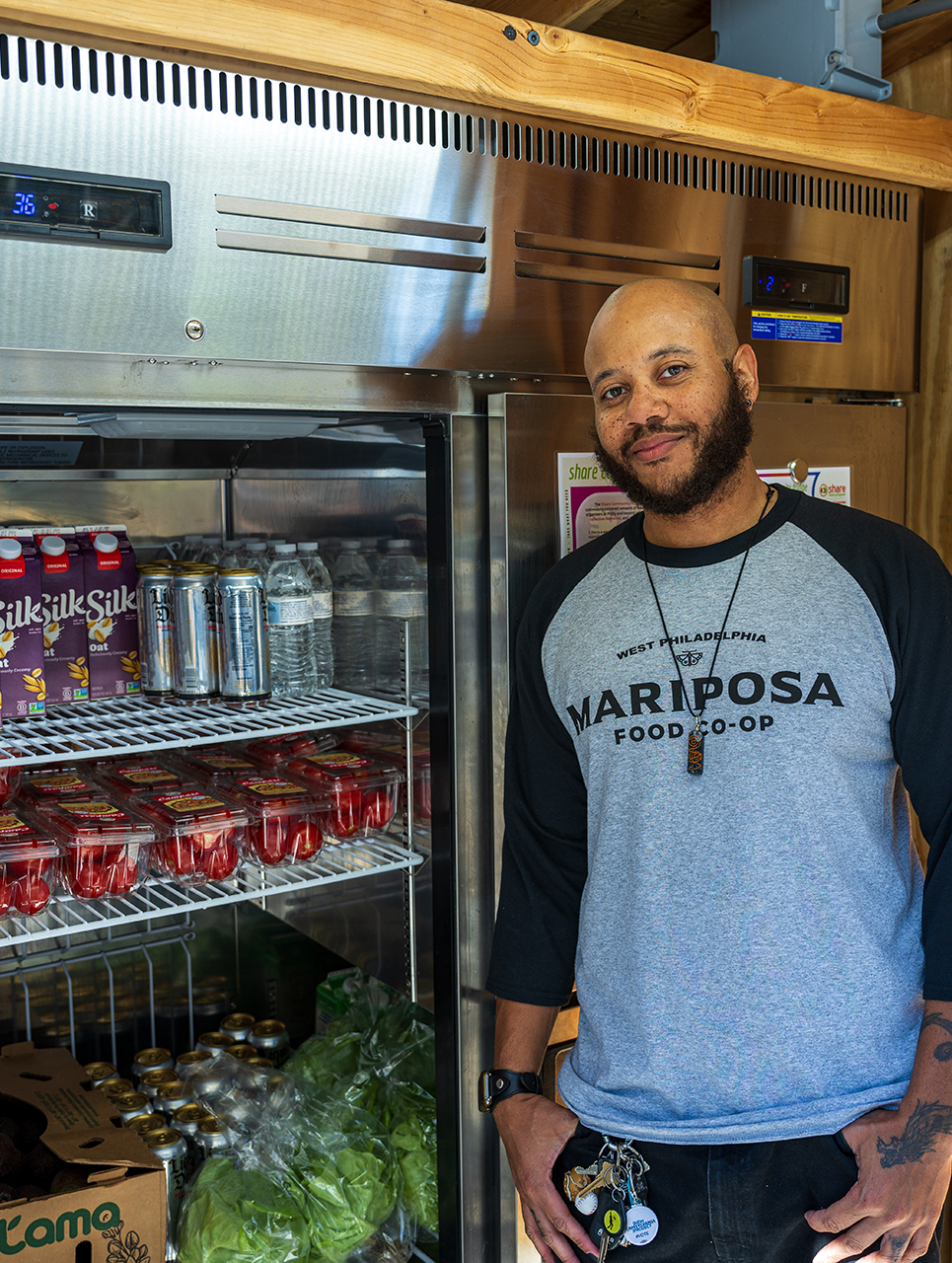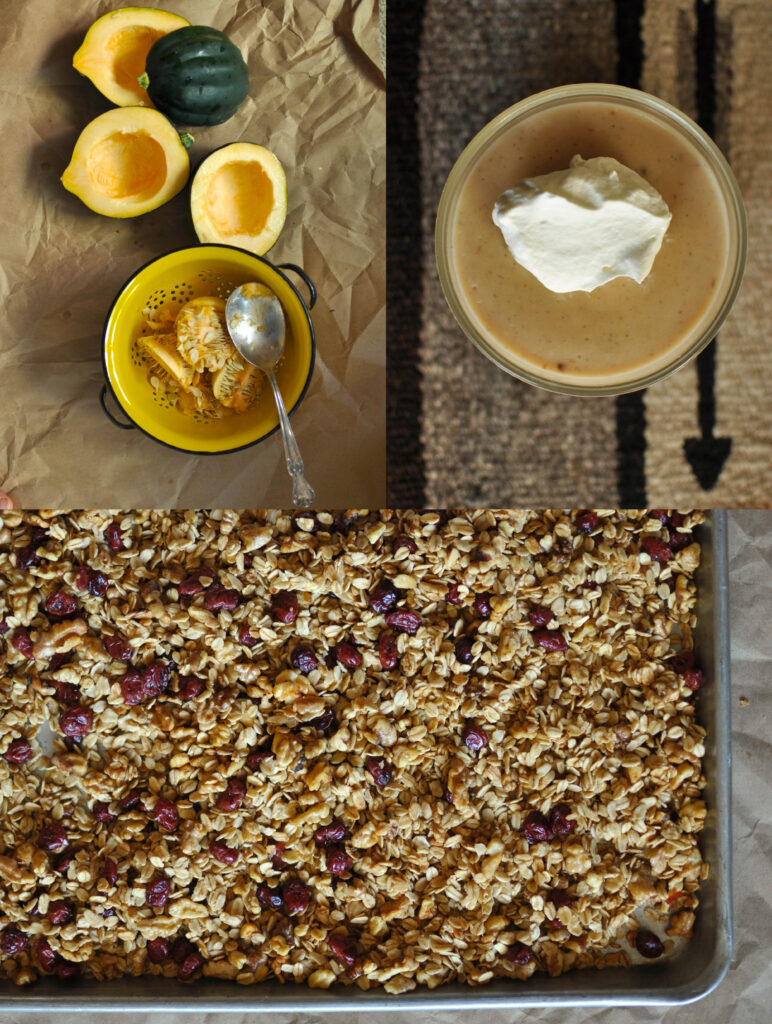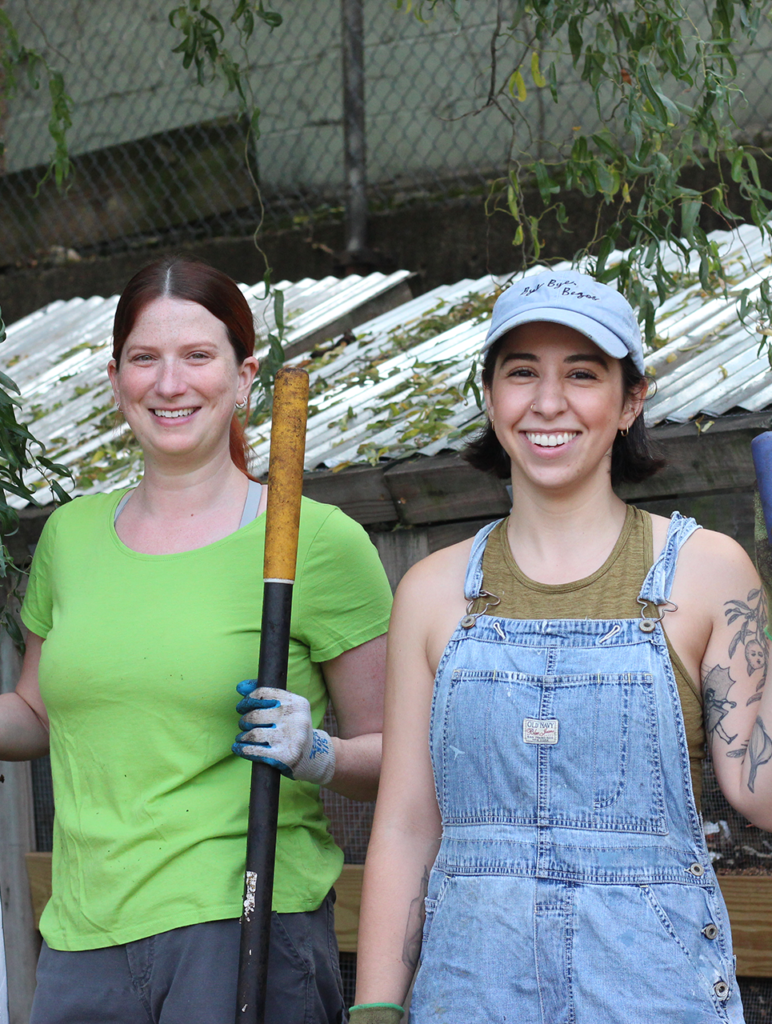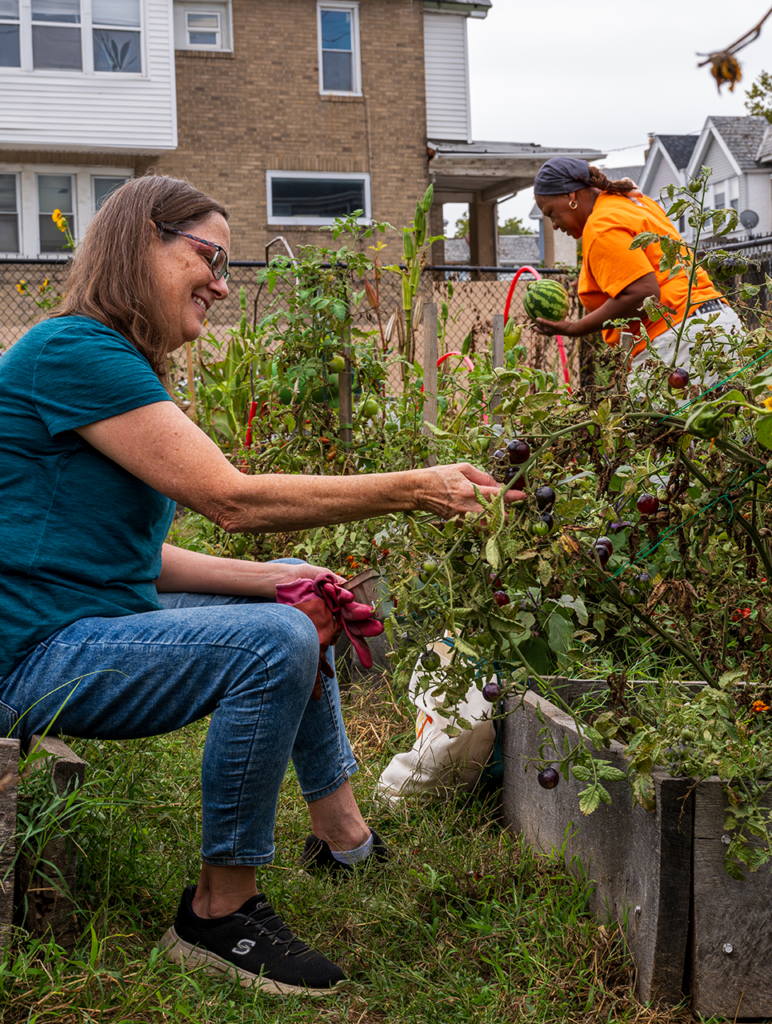Growing up in Philadelphia, Marcus Greene Sr. says his family struggled to buy groceries. Even with food stamps and other government assistance, it still wasn’t enough.
“I specifically remember as a youth, standing in line on Lehigh Avenue, waiting with the rest of the community to get our food donations,” says Greene, now vice convener of the Mariposa Food Co-op’s board of delegates. That’s why he’s passionate about volunteering with Philly Food Rescue, which he says helps “get the food out to the masses.”
“That’s something that resonated with me,” Greene says.
An initiative of the nonprofit organization Share Food Program since 2021, Philly Food Rescue collects perishable food from local businesses and donates it to pantries, senior centers, community fridges and others in need across Bucks, Chester, Delaware, Montgomery and Philadelphia counties, as well as Camden, New Jersey.
“We’re an anti-food-waste intervention that works to resource our partners on the ground,” says director Suzannah Hartzell. Philly Food Rescue acts as a “middle man,” she adds, connecting food from businesses to the organizations serving the people who need it — and keeping food out of landfills in the process.
“To be able to divert food from getting into the landfills is making a significant impact on emissions, on climate change,” Hartzell says.
It’s a huge environmental impact that we’re having of being able to get that food before it’s going to expire and being able to take it to where it needs to go — to folks who will use it.”
— George Matysik, Share Food Program
Philly Food Rescue’s “agile” nature allows it to make use of food that wouldn’t make it to the shelves at a traditional pantry, diverting it from the waste stream, Hartzell says. “If a pantry is giving out food once a week on a Thursday, they can’t get a really perishable donation on a Monday,” she explains. “It wouldn’t still be good long enough to last until their distribution.” In this way, Philly Food Rescue is able to fill in a gap in the food access space, Hartzell says.
Last year, Philly Food Rescue helped 283 community partners receive 25,000 pounds of food each from more than 200 businesses. Food donations are transported by volunteers like Greene who make regularly scheduled deliveries, or use an app to accept taking a donation to a receiving partner. Each trip between a donation and delivery site is within five miles or up to a half-hour drive. Last year, 396 volunteers averaged 19 rescues each.
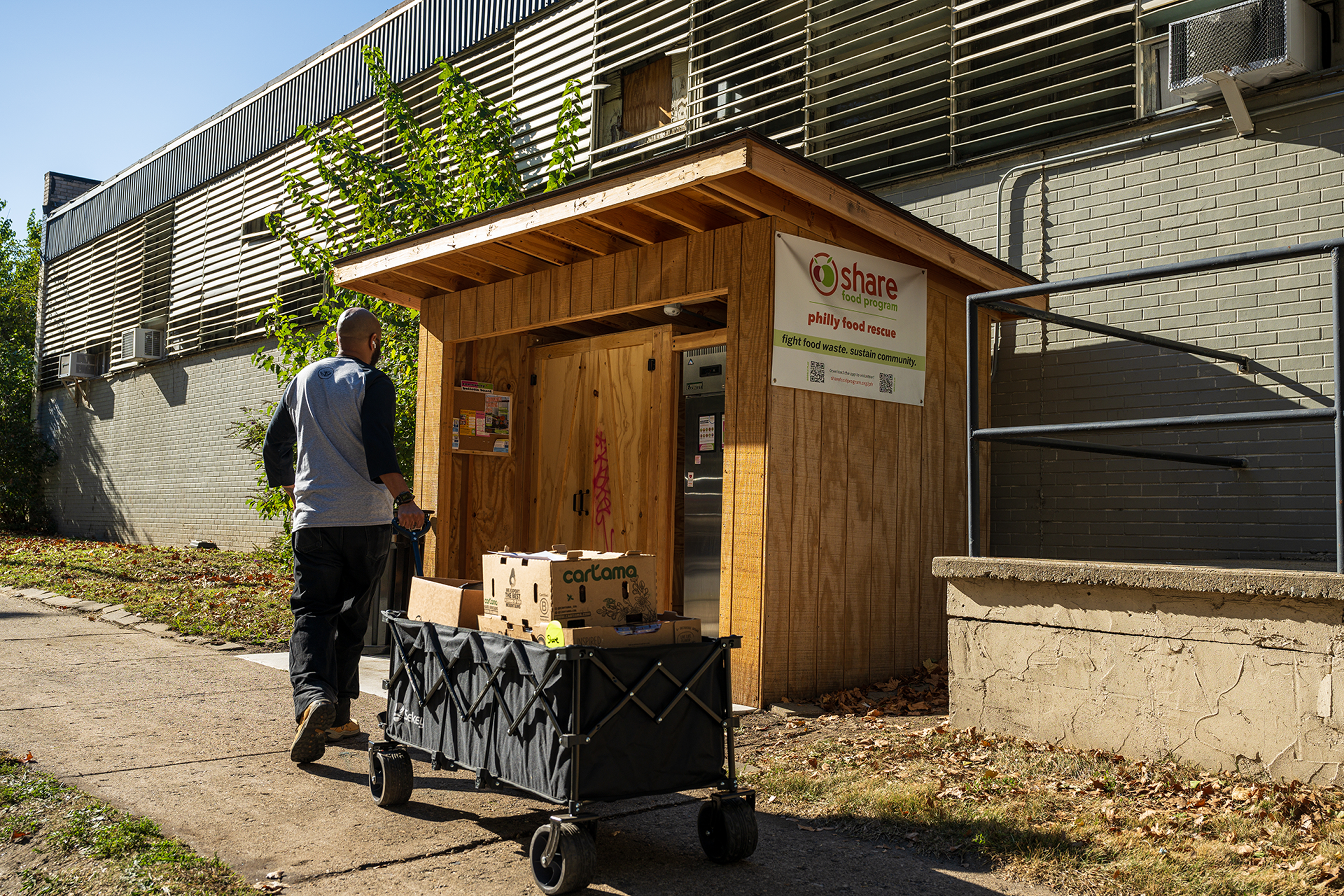
Greene also has experience both giving and receiving food donations through Philly Food Rescue. In 2021, he was managing three recovery houses in Germantown that received perishable food donations twice a week that would be cooked right away to feed residents.
“The cost of food is outrageous, so the donations really, really helped and meant a lot to us,” he says.
In 2021, the cost of all-food prices increased by 3.9% from the previous year, according to the U.S. Department of Agriculture. The following year food prices rose by 9.9% — faster than in any year since 1979. In 2023, food prices again increased, this time by 5.8%.
After his experience receiving donations from Philly Food Rescue, Greene helped form a partnership between the food rescue program and Mariposa Food Co-op in 2022. The West Philadelphia co-op makes a weekly donation that can include fruit, vegetables, bread or meat.
“It really depends on what the season is and the kind of things we have available,” Greene says.
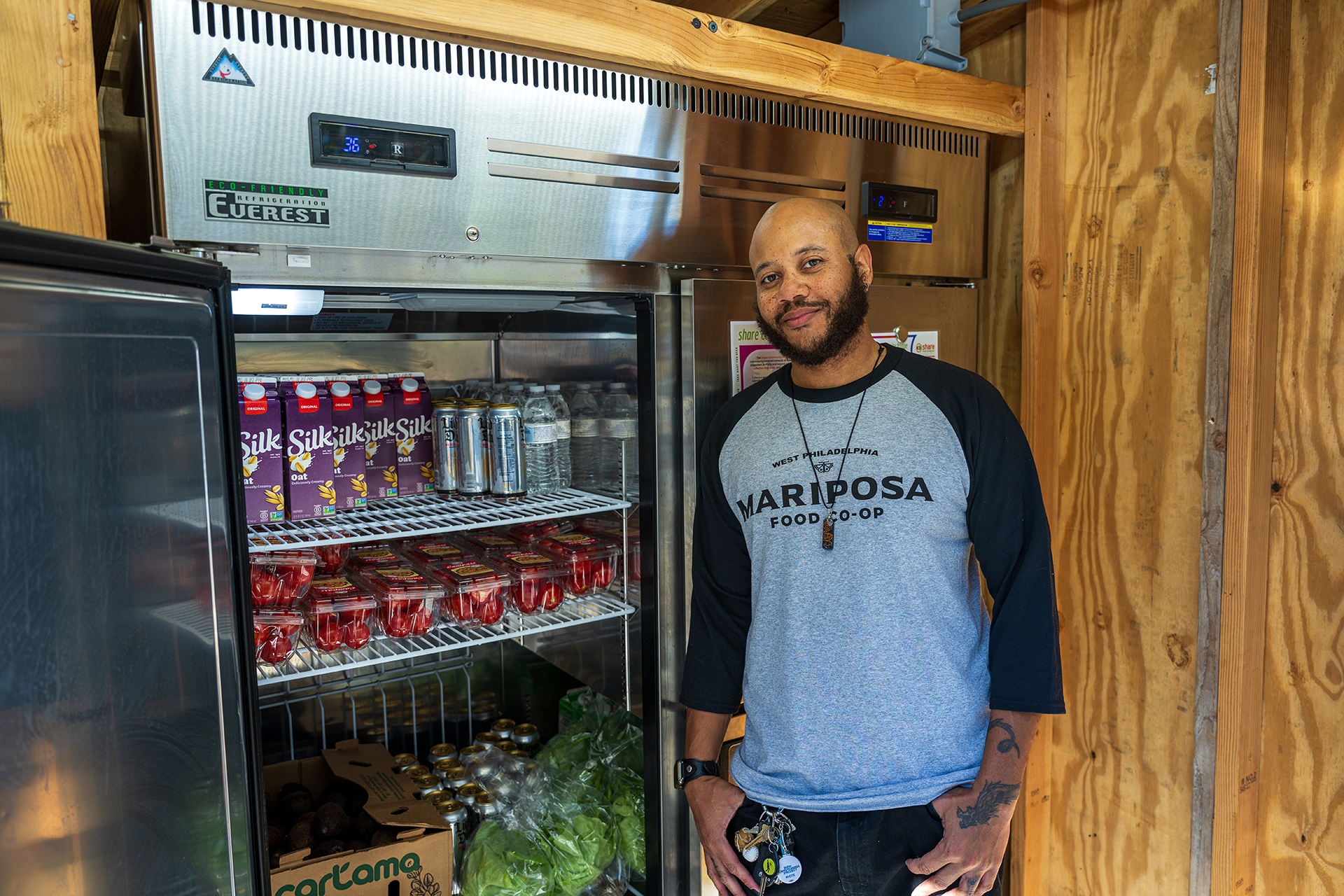
The Swarthmore Co-op is another retail partner with Philly Food Rescue. It has multiple scheduled donations for pickup each week. Vlad Stefanovich, produce and specialty manager, says the co-op donates milk, baked goods and produce that are “not quite the highest quality to sell,” but still good.
“Every single donation item has to fit a criteria,” he says. Dairy products can’t be more than two days past the use-by date, but bread and baked goods are still usable as long as they’re soft and not moldy, he says.
In addition to working with retail partners, Philly Food Rescue also accepts donations in special circumstances. That might mean Target’s freezers went down and the food needs to be picked up in the next hour, or there might be leftover trays of food from a wedding that will be trashed otherwise.
“We can mobilize really quickly in either emergency situations or one-time situations,” Hartzell says.
About 30 to 40% of food is wasted in the U.S.; it takes up the biggest share of municipal landfills, according to the U.S. Food and Drug Administration.
In operation since 2018 (housed under a different nonprofit organization in its early years), Philly Food Rescue diverts about seven million pounds of food from the waste stream each year, says George Matysik, executive director of Share. “It’s a huge environmental impact that we’re having of being able to get that food before it’s going to expire and being able to take it to where it needs to go — to folks who will use it,” he adds.
For volunteer Cynthia Thornton-Landis, Philly Food Rescue’s two-fold mission is part of the appeal that inspires her to deliver a food donation to a senior center each Wednesday. She’s concerned about both food insecurity and global warming. Philly Food Rescue combats both locally.
“It really does address a need,” the Elkins Park resident says. “They’re really wonderful people doing their bit to prevent waste and address food insecurity, and hopefully, lower the carbon footprint just a little bit to help stem global climate change.”


